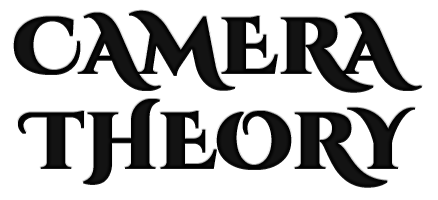Hey guys, today I’ve put together a little lesson on aperture: What it is, how to use it, and what it does.
This post assumes you’re working with some sort of DSLR camera. My hope is that understanding how to use aperture correctly will help you take some awesome photos that you wanna brag about. Aperture does that to all of us. Enjoy!
THE 3 PILLARS OF PHOTOGRAPHY
Photography stands on three big pillars: ISO, shutter speed, and aperture.
Each has its own role to determine artistic effects, color clarity, and basically overall image quality. All three pillars revolve around light.
ISO & SHUTTER SPEED
- ISO controls the exposure of your photo by determining how fast the camera takes in light and shutter speed helps determine the length of time that your camera absorbs light.
- Low ISO will take in less light but also creates less noise, higher ISO will take in more light faster, but give you more noise.
- Slow shutter speeds give your camera more time to take in light for a brighter photo.
APERTURE
Aperture is a little bit different from the other two. It’s still relevant to light, but it is more about focus than brightness level.
Once you understand aperture you can create photos that look more professional, even if they’re just family snapshots.
UNDERSTANDING F-STOP
In many respects, aperture acts the same way as the pupil of your eye. A wider aperture means more light, and a smaller aperture limits the amount of light. In photography terms, aperture is measured in something called the f-stop scale. A low f-stop would be f/4, while a high f-stop would be f/22.
It’s important to remember that a smaller number means wider aperture. I always have to think twice about that because it seems counterintuitive to me.
When you change the aperture, you are actually trying to manipulate the camera’s depth of field. It’s generally accepted that a good camera (or lens) is one that offers wider aperture (lower f-stop numbers). You’ll notice that there are some very expensive lenses out there, and for many, the extra price is directly related to the f-stop ability.
SOME USES FOR APERTURE IN EVERYDAY PRACTICAL PHOTOGRAPHY ARE AS FOLLOWS:
f/1.4 – very wide aperture to allow more light in a short amount of time; best used in low lighting condition if you don’t have a tri-pod. At this level, the camera can focus on a VERY specific small area in the frame to create a blurred background or soft focus effect.
f/2.8 – an f/2.8 is widely used in blurred-background portrait photography without compromising details of facial features.
f/4 – under decent (but not great) lighting, f/4 is the recommended aperture for portrait photography. At this level, the camera can focus on a wider area of the frame to bring up the details of overall posture.
f/8 – when taking photographs of a large group of people, bigger f-stop numbers helps you focus on everything in the frame.
f/16 – when under a bright light or for landscapes. In most cases, a blurred background is impossible to achieve at this level.
CHECK OUT THESE EXAMPLE PHOTOS USING DIFFERENT F-STOPS


The easiest way to learn about using aperture is to set your camera in Aperture Priority mode (Av or A on your dial). This mode puts you in charge of the aperture, and the camera does most of the other work, like shutter speed, automatically.
